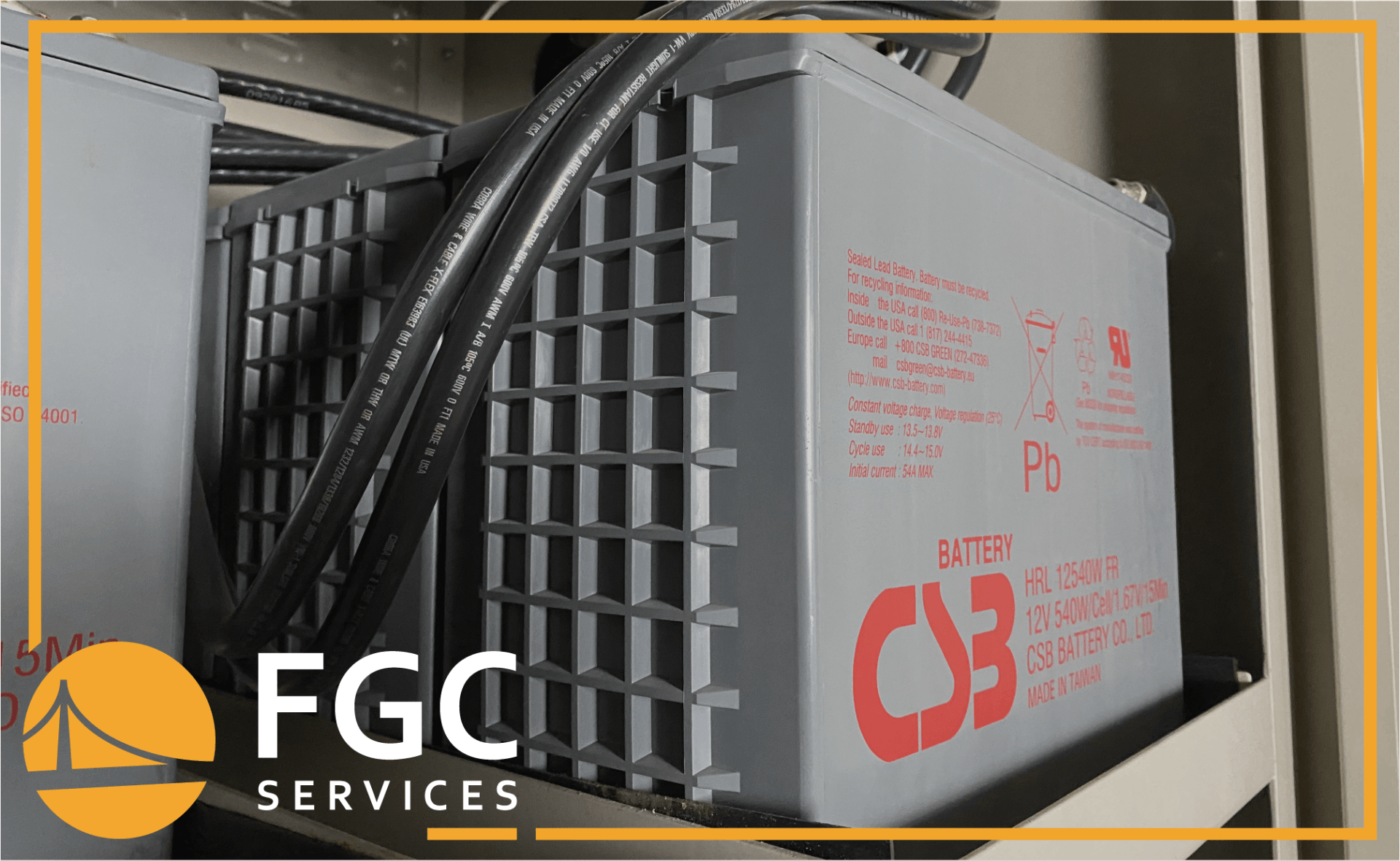How Do I Calculate What Size UPS I Need?
11 January 2024
Share this article:

Uninterruptible power supply (UPS) units play a crucial role in providing backup power for your connected devices during power fluctuations, surges, or failures. This ensures the continuous operation of vital equipment, data protection, and a seamless transition to generators if necessary. To determine the ideal
size and type of UPS for your requirements, it's essential to calculate both the
load and runtime specific to your equipment. In this guide, we'll walk you through the process.
Key Takeaways
- Identify Your Equipment: Begin by listing the equipment that needs UPS protection, excluding non-essential devices to avoid energy wastage.
- Calculate Total Energy Usage: Determine the total energy consumption of your connected equipment during peak operational hours.
- Factor in a Safety Margin: Allow for additional load capacity to prevent running the UPS at 100% capacity, which can lead to inefficiencies and potential failures.
- Regularly Update: Periodically review your energy consumption and adjust your UPS system to accommodate future expansions or equipment upgrades that may alter your total load.
What Size UPS Do I Need?
When sizing a UPS unit, focus on two critical factors: load and runtime. First, figure out the peak load your equipment requires during the day, which refers to the power consumption of a device at any given moment. Simultaneously, calculate runtime, indicating how long the UPS battery can power your devices until the main power returns, or switch to generators.
Ensure that your UPS handles only essential equipment for emergency operations. Avoid including unnecessary devices, as they can drain valuable energy resources.

Select a UPS size that strikes the right balance – neither undersized, risking inadequate power supply, nor oversized, resulting in energy waste and space consumption. Mismanagement of UPS size can also lead to unit failure.
How to Calculate the Total Amount of Power Needed for a UPS System
To determine the total power load of your equipment, consult the technical labels on each device, where power consumption is listed in watts (W) or volt-amperes (VA). If these figures aren't readily available, check technical data sheets or the manufacturer's guide/manual. In case of uncertainty, contact the manufacturer directly for specifications.
Alternatively, consider using a separate meter to measure the power consumption of your essential equipment during peak operations. Avoid using the main utility meter, which accounts for the entire building's power usage, including equipment unrelated to the UPS.
How to Calculate UPS Runtime and Load
Once you have the list of equipment and their power usage figures, you can evaluate the UPS unit that best suits your needs. UPS unit requirements are typically stated in volt-amperes (VA) or kilo-volt amperes (kVA). To convert watts to volt-amperes, use the formula: VoltAmps = Watts / Power Factor.
You can also calculate the Power Factor (efficiency) of your equipment by dividing True Power (measured in Kilowatts) by Apparent Power (measured in VoltAmps).
Sum the VoltAmp values for all equipment listed in watts. To ensure the UPS doesn't run at maximum capacity, increase this base value by 20% to 25%. The resulting number represents the required UPS unit value, helping you choose the appropriate UPS model.
In addition to load calculation, determine how long your UPS needs to keep devices operational.
This involves three steps:
- Multiply amp-hour (Ah) battery rating by battery voltage (V) rating: Ah x V = new rating.
- Multiply the new rating by battery efficiency and the total number of batteries: new rating x battery efficiency x total batteries = new value.
- Divide the new value by the watt load: Watt load / value = battery runtime.
Now you have both
runtime and load calculations to guide your UPS selection.
Consider Building Layout
Lastly, keep in mind that the layout of your building can influence UPS unit selection. If space constraints prevent the installation of a larger UPS unit, consider multiple smaller units, segregating equipment to each UPS. This necessitates recalculating power consumption based on the specific devices connected to each unit.
The Bottom Line
Here at Facility Gateway Corporation, we offer UPS equipment for your operations. Obtain the UPS systems you need to keep your operations running efficiently when there is a power failure or when disaster strikes. We also offer UPS maintenance and parts to keep your unit running optimally. Contact us today to learn more.
Connect with Us:





